For Kendyl Pool, a 10-year-old who has been profoundly deaf since birth due to inner ear malformations, communication has always been through American Sign Language (ASL). But everything changed dramatically on her 10th birthday when she tried an innovative new device: caption glasses that let her visually experience spoken words in real time.
Her reaction was pure joy and amazement.
Kendyl's mother, Bri Pool, discovered these caption glasses through TikTok and instantly saw their potential for her daughter. The glasses, created by HearView, utilize advanced voice recognition technology to transcribe spoken words onto tiny screens within the lenses, effectively turning conversation into visual text instantly.
@kacybrianne Happy Birthday to Kendyl!! Thank you @hearviewofficial #accessibility #Deaf #deaftiktok
Bri captured the emotional moment Kendyl first tried on the glasses in a TikTok video that quickly went viral. In the video, Kendyl’s astonishment is evident as she "sees" the spoken words for the first time.

"Kendyl had no idea these even existed, so when she put them on and I started talking, she was completely shocked," Bri told SWNS. "She was just blown away, she even cried a little bit because she couldn’t believe she could see what I was saying right in front of her."
More than just a novelty, these glasses are deeply transformative for Kendyl, allowing her to practice speaking confidently. "She can’t hear herself speak, so she uses the glasses to check if she’s pronouncing words right," Bri explained. "She’ll say ‘Mom, Mom, Mom’ and wait to see if it pops up. When it does, she gets so excited."
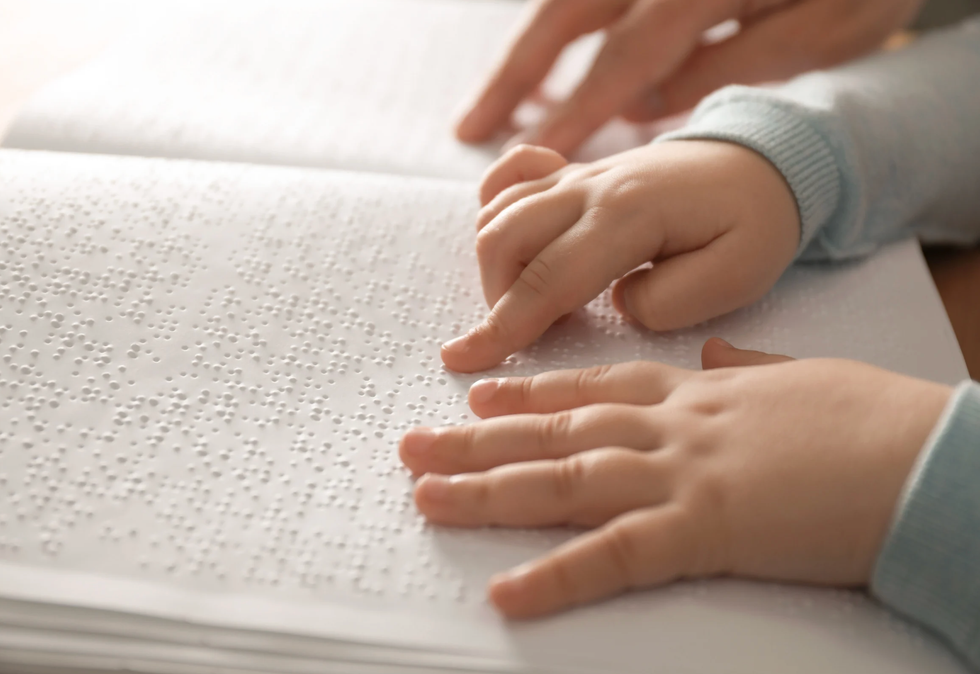
Kendyl is the only deaf person in her family, which has occasionally led to feelings of isolation. Though her family learned ASL, many people Kendyl interacts with daily—including teachers, classmates, and medical professionals—don't know how to sign. These glasses bridge that gap, enabling Kendyl to engage more fully and confidently in everyday conversations.
The glasses also store previous conversations via a connected app, providing Kendyl the opportunity to review critical interactions like instructions from teachers or doctors—a functionality significantly boosting independence.
@kacybrianne Followup to Kendyls hearing video and answering some questions you all had! Part 1 #Deaf #hearingaids #ASL #fyp
"This is a huge step for inclusion," Bri remarked. "These glasses provide full access to conversations in real-time, and that is life-changing."
Accuracy sets these caption glasses apart from typical subtitles, which often lag or misrepresent speech. Bri herself tested them extensively, noting their precise transcription even when speaking quickly or using varied phrases.

The heartwarming video of Kendyl’s initial reaction drew thousands of emotional responses online. One commenter, @Susan O'Connell, enthusiastically wrote, "And, just like that, the doors to communication swung wide open! What an amazing time to be alive!" Others, such as @Nesie, eagerly sought information on purchasing the glasses to help family members.
While the caption glasses currently range from $1,500–$2,000, increasing attention and demand may lead to greater affordability. Some viewers suggested budget-friendly alternatives could emerge by pairing augmented reality glasses with existing speech-to-text applications.
Rich DeMuro, a tech journalist, shared a YouTube video demonstrating how the glasses work. His viewers were equally fascinated by the potential of this technology, with some calling it "life-changing" and "exactly what technology should be used for."
- YouTube www.youtube.com
In an update to Kendyl's remarkable story, interest in assistive technology for the deaf community has surged significantly since the initial coverage. Advocates hope this increased visibility leads to broader accessibility and affordability, helping even more individuals communicate seamlessly.
Kendyl’s emotional and uplifting experience shows the profound impact technology can have, empowering individuals by enabling meaningful interactions and fuller participation in daily life.
This article originally appeared earlier this year.





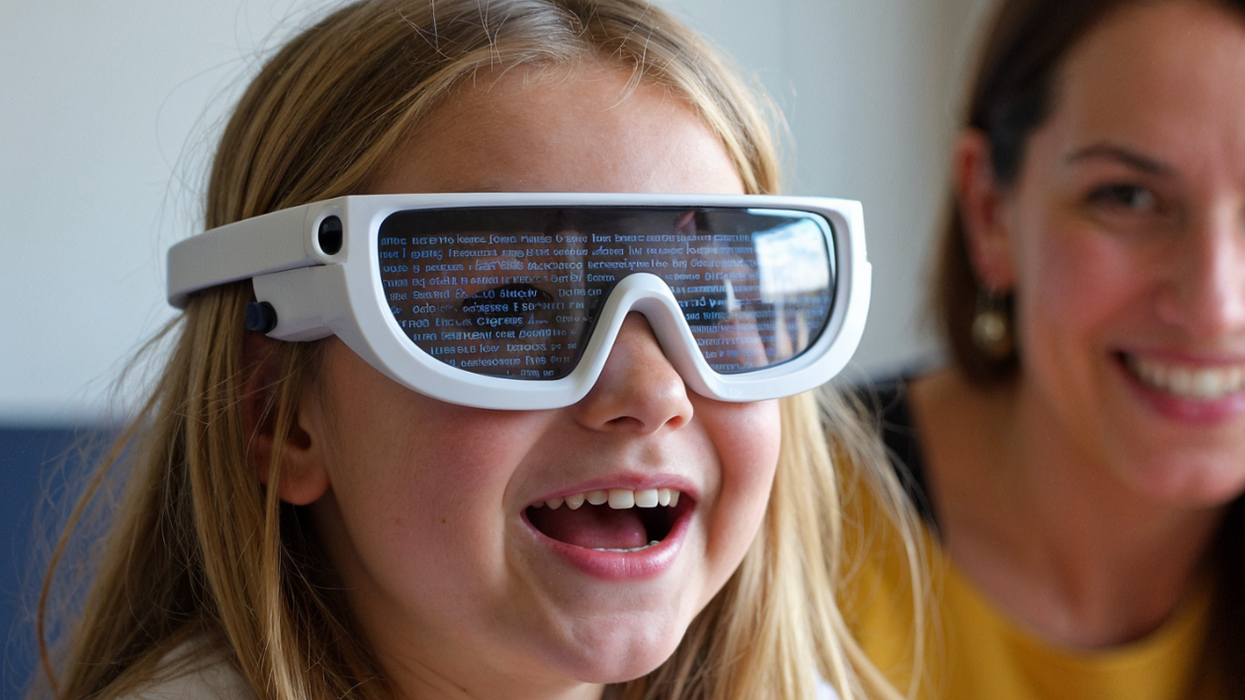










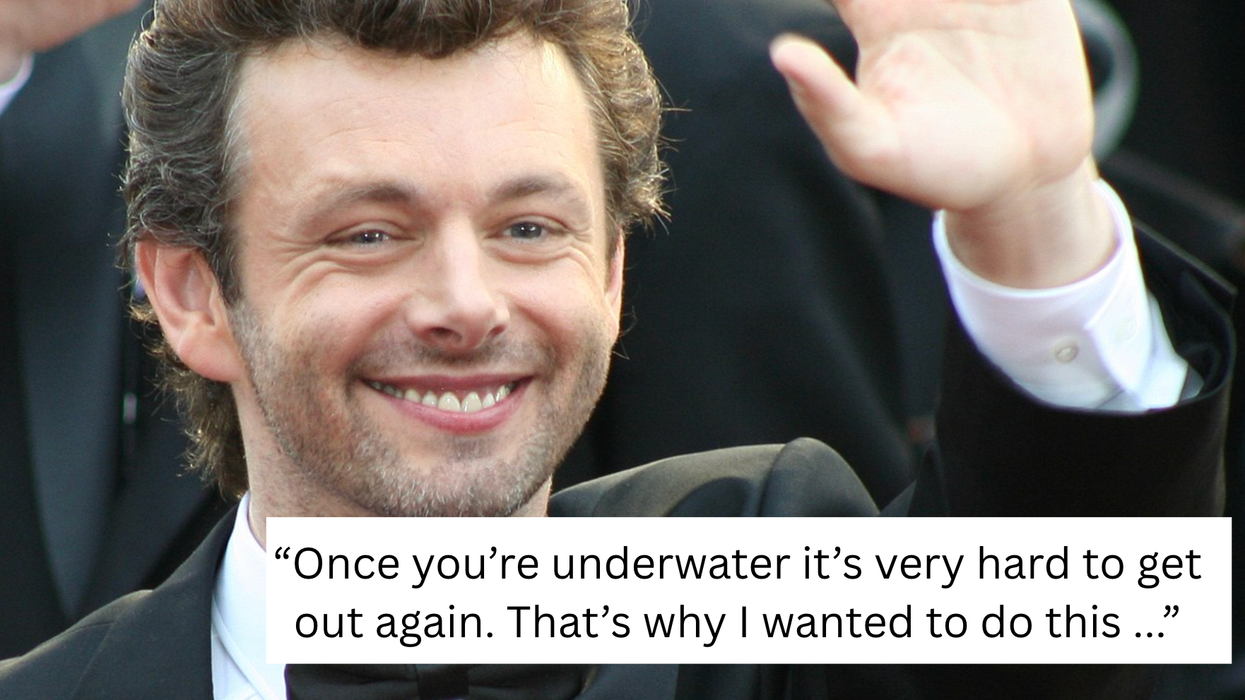


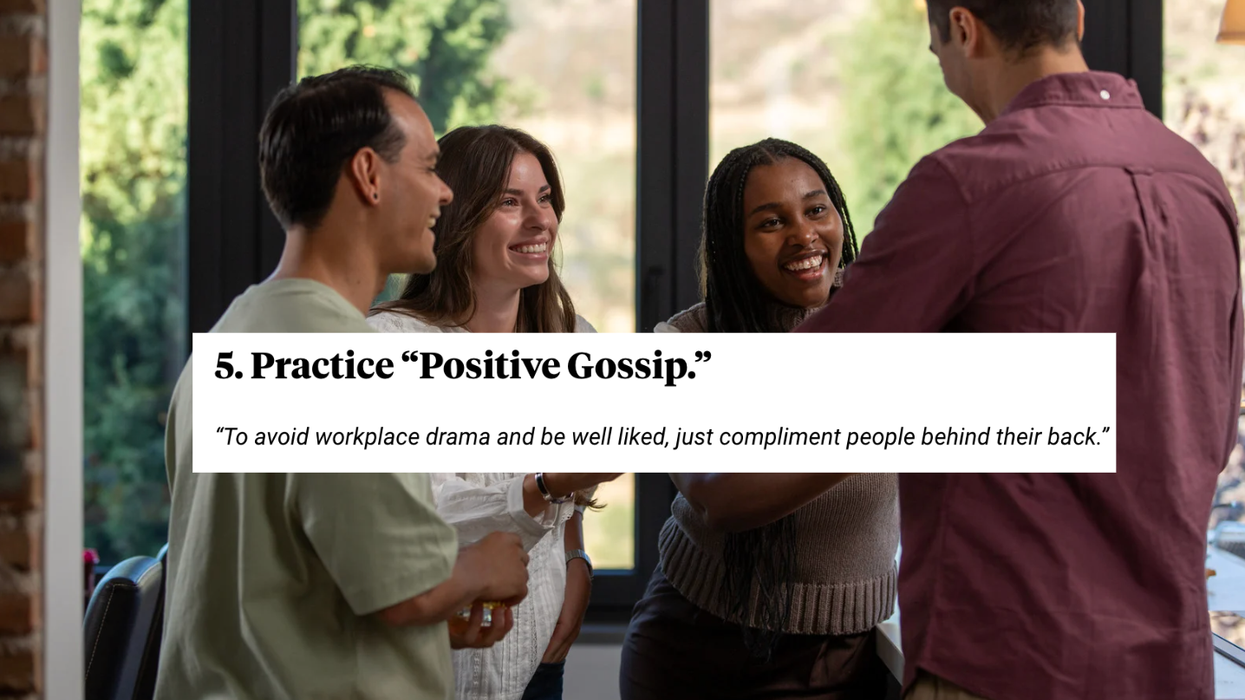
 Gif from Schitt's Creek via
Gif from Schitt's Creek via 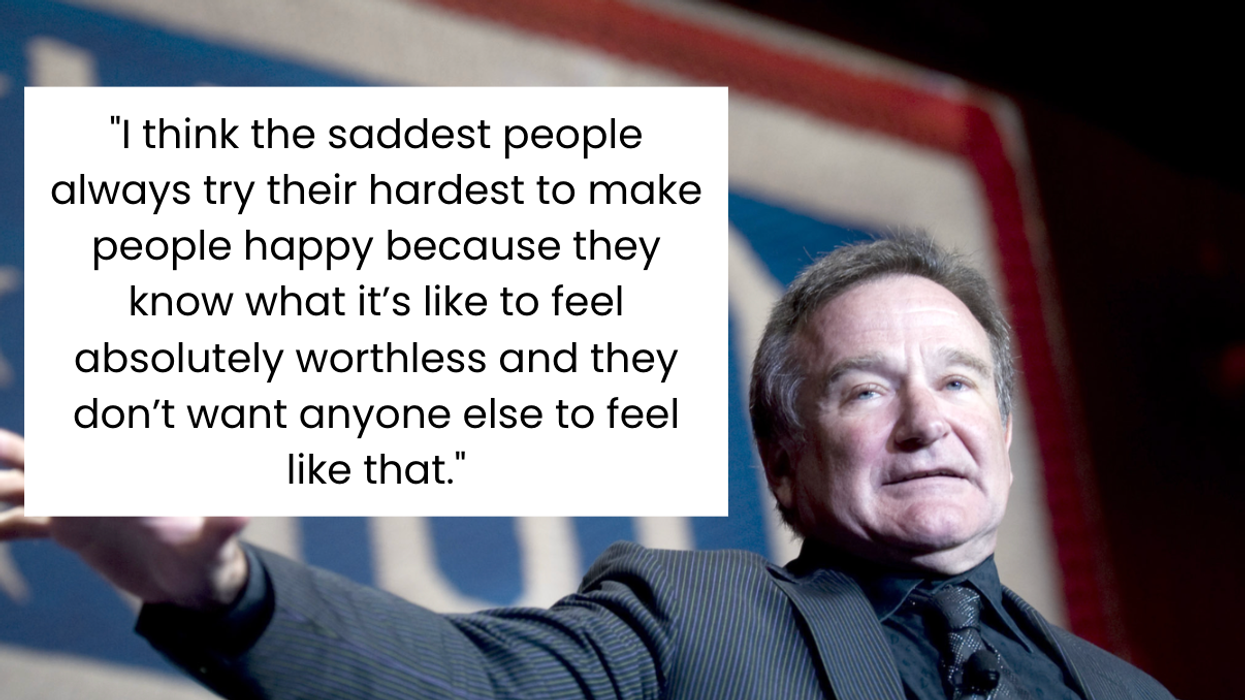
 Robin Williams performs for military men and women as part of a United Service Organization (USO) show on board Camp Phoenix in December 2007
Robin Williams performs for military men and women as part of a United Service Organization (USO) show on board Camp Phoenix in December 2007 Gif of Robin Williams via
Gif of Robin Williams via 
 Superstructure of the Kola Superdeep Borehole, 2007
Superstructure of the Kola Superdeep Borehole, 2007 
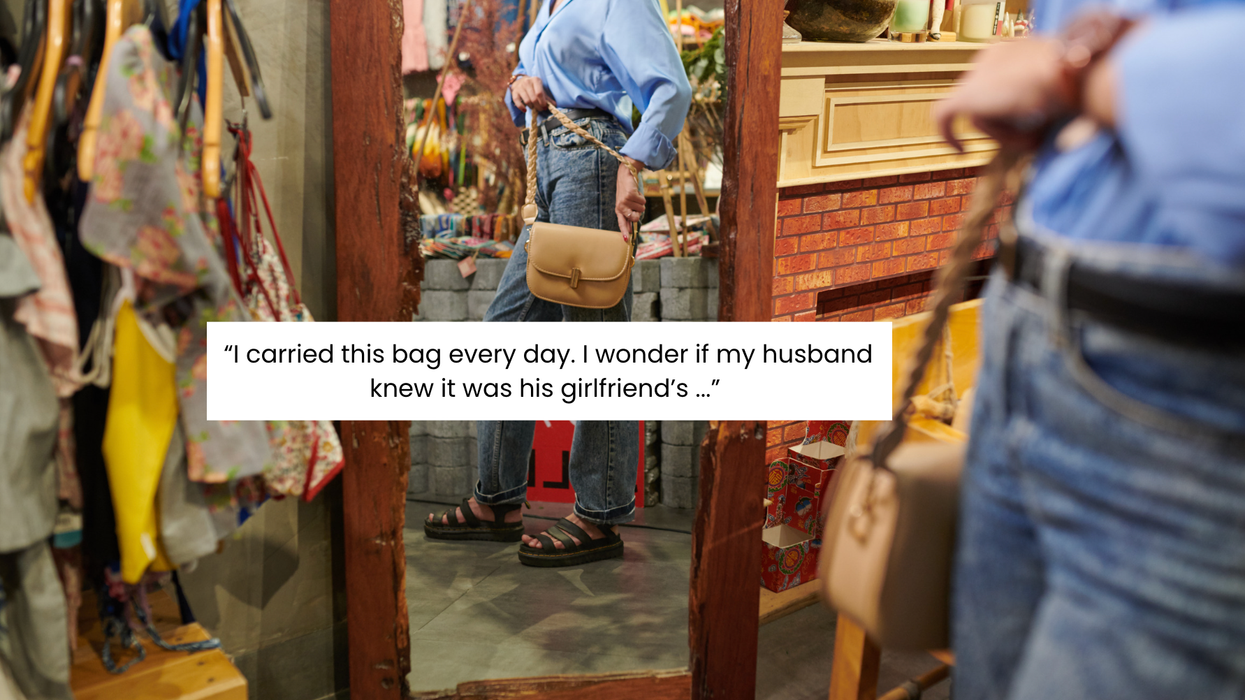
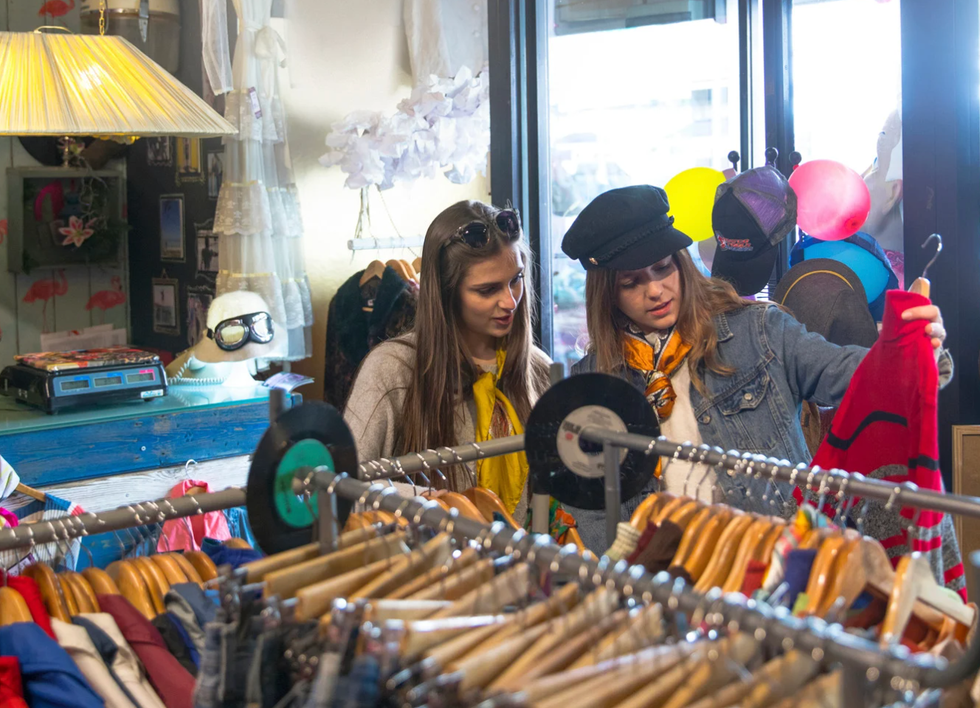 Two women shop at clothing storeCanva
Two women shop at clothing storeCanva
Professor shares how many years a friendship must last before it'll become lifelong